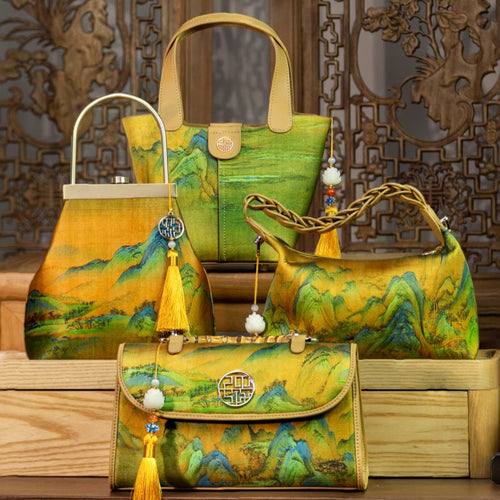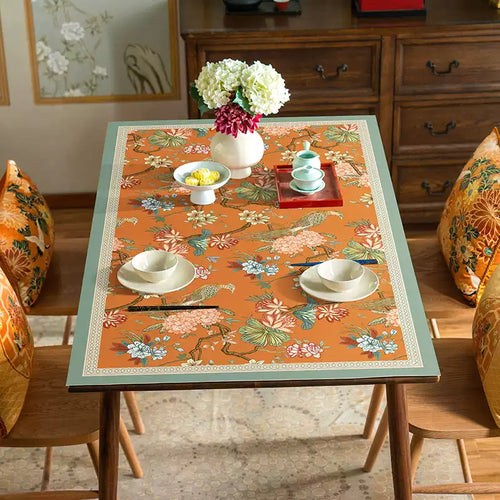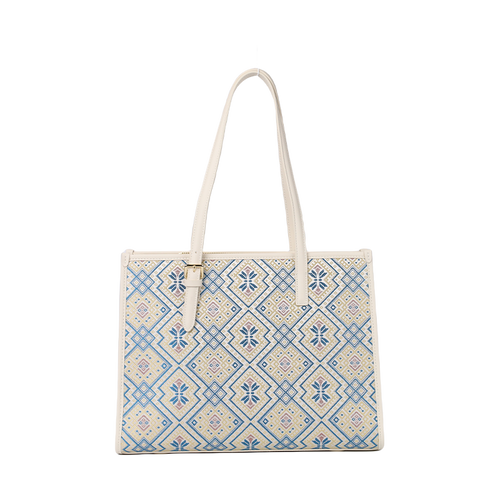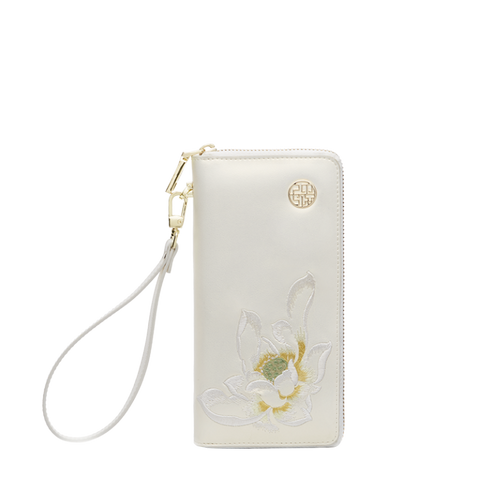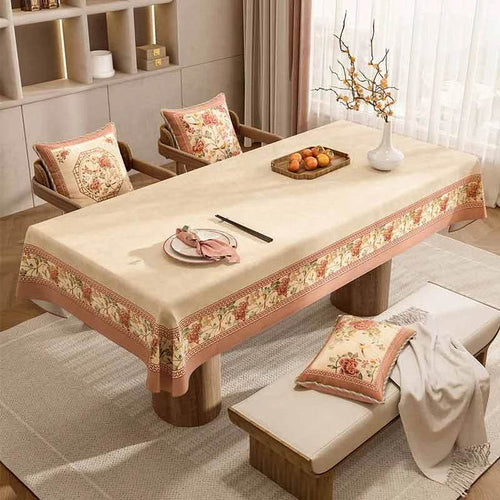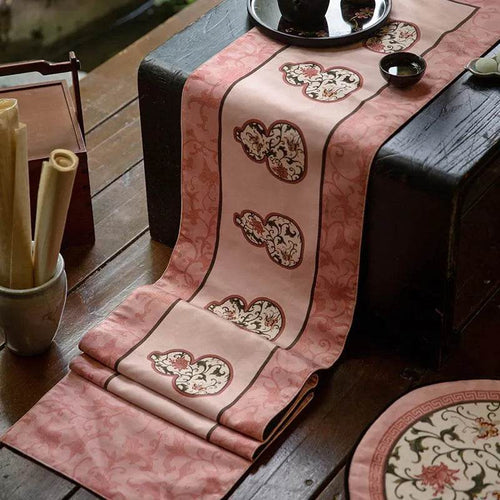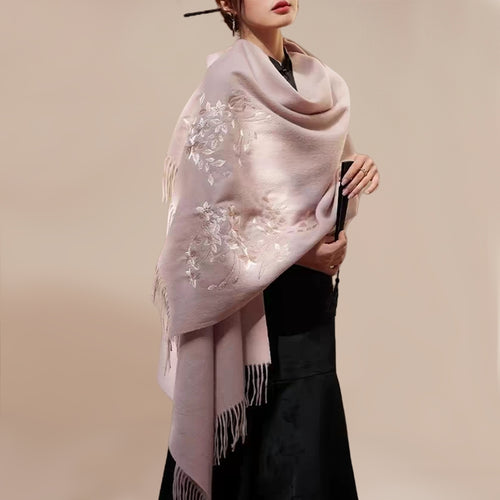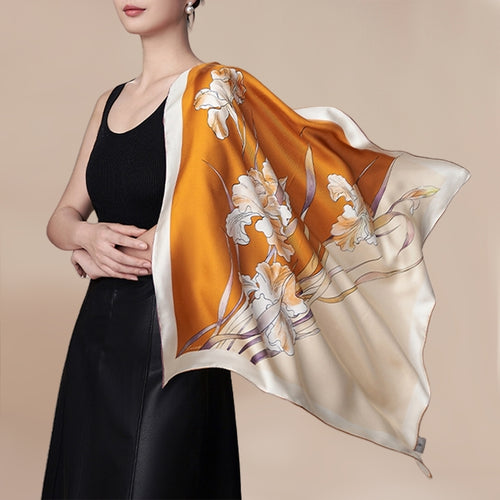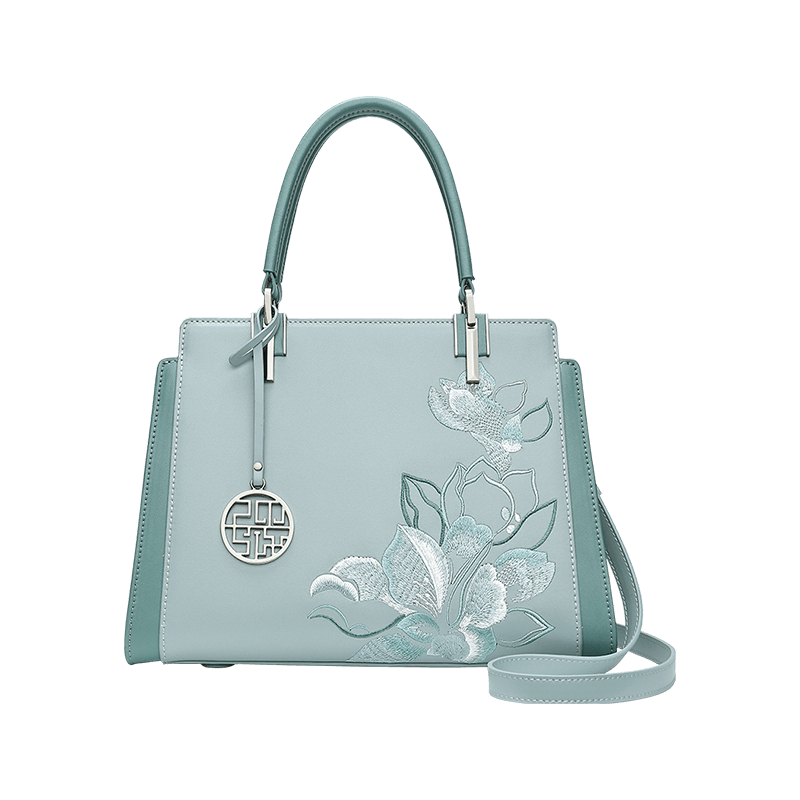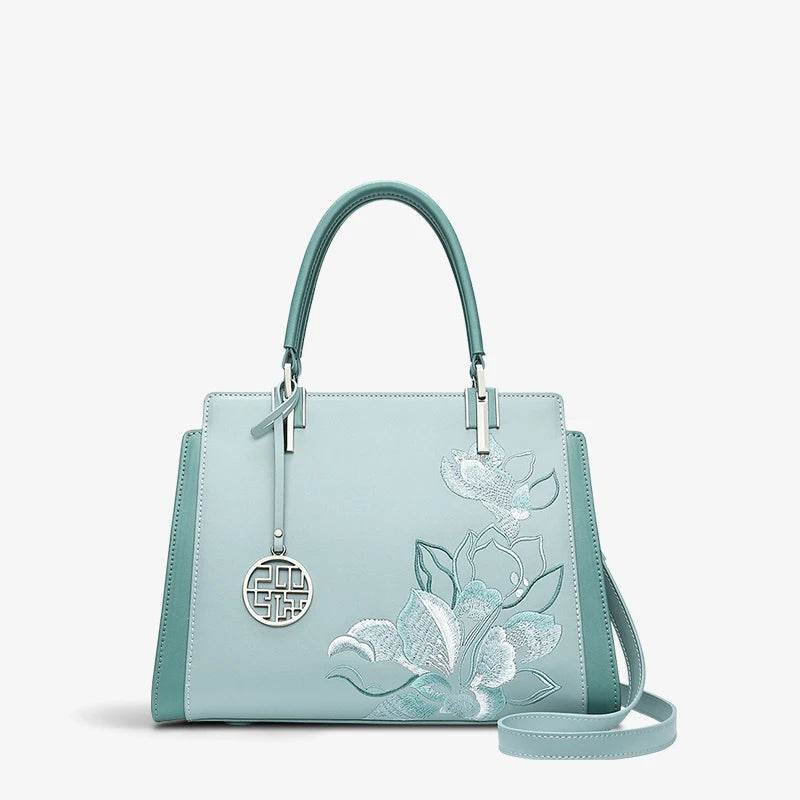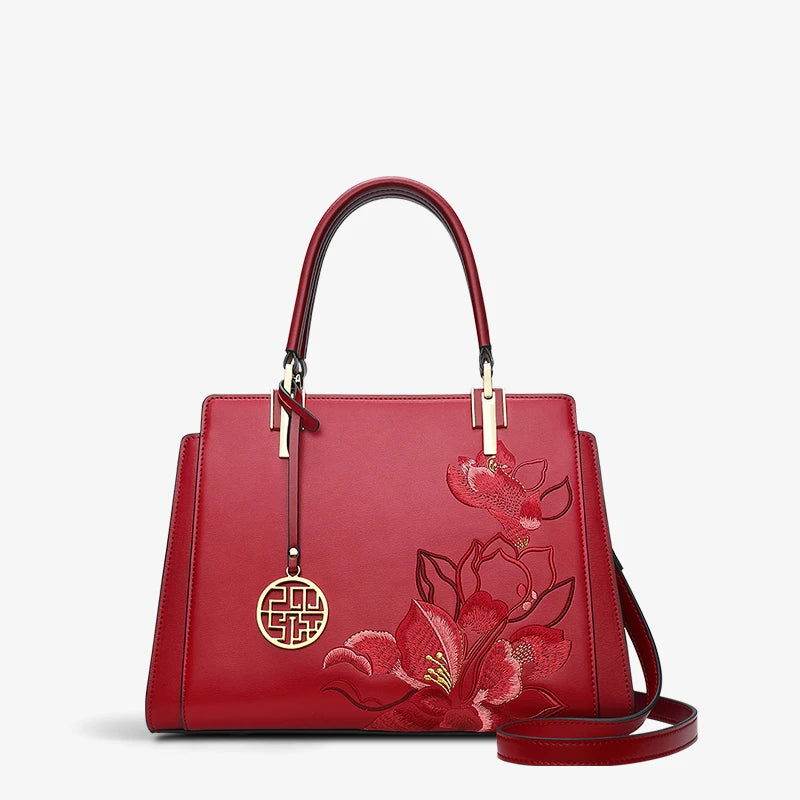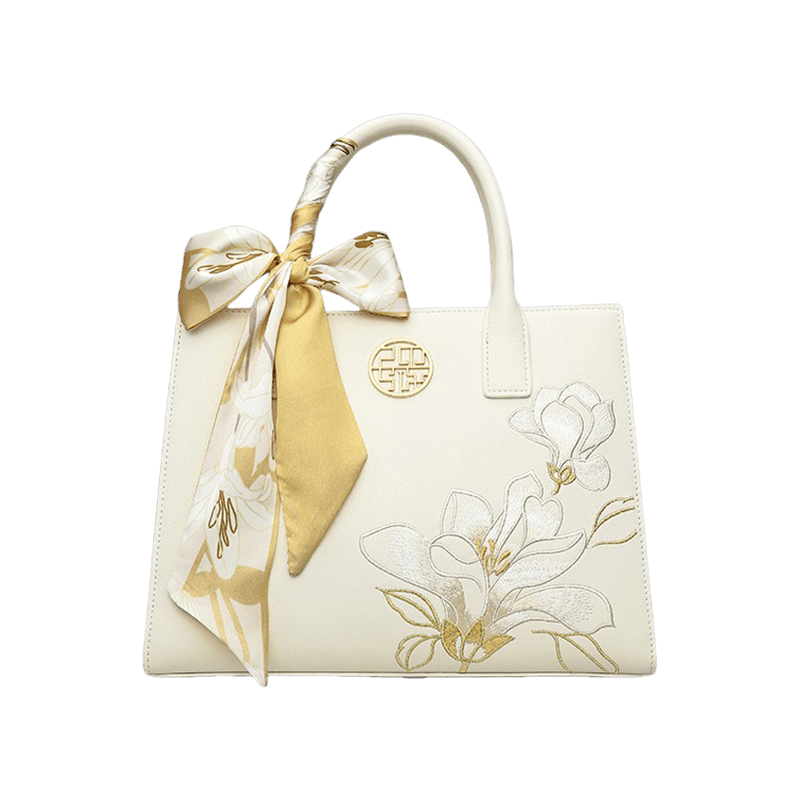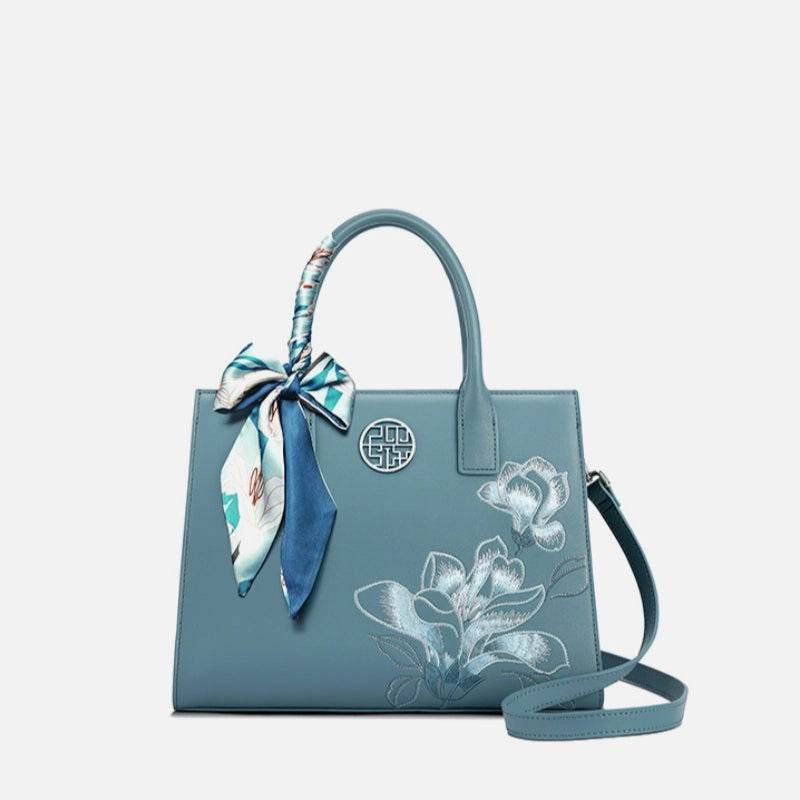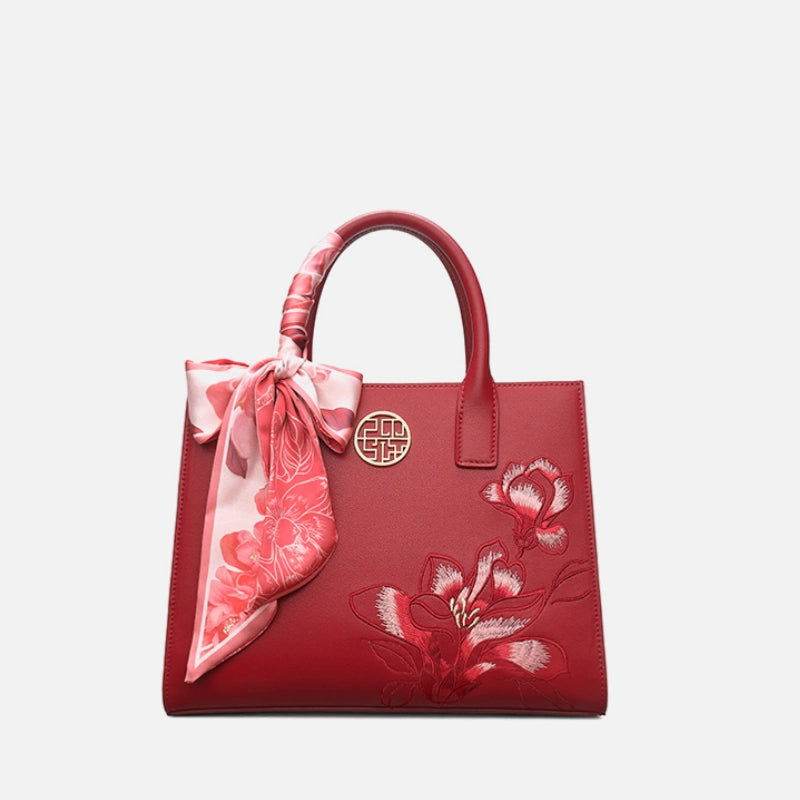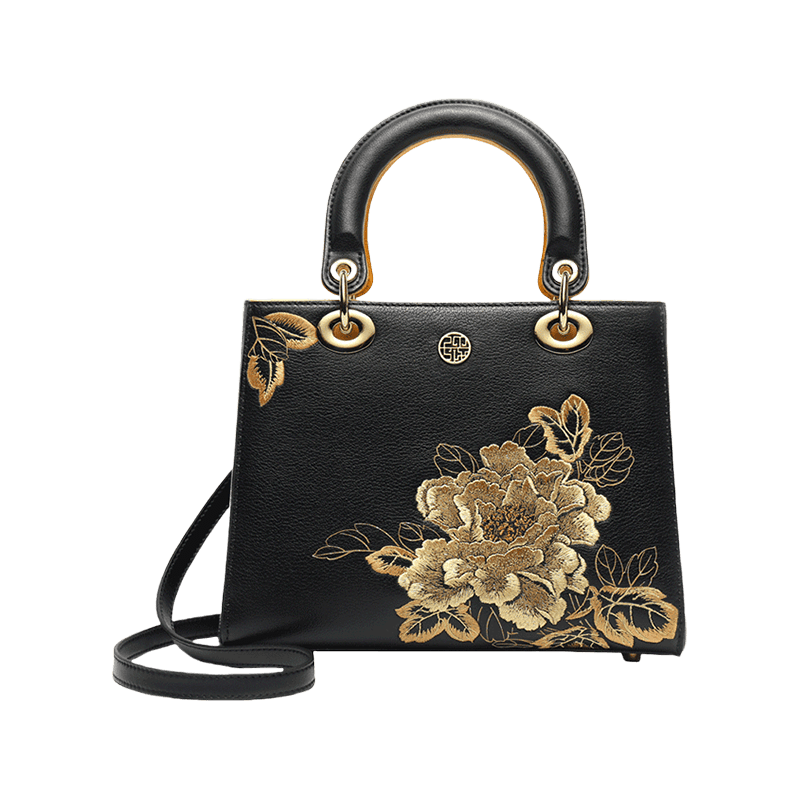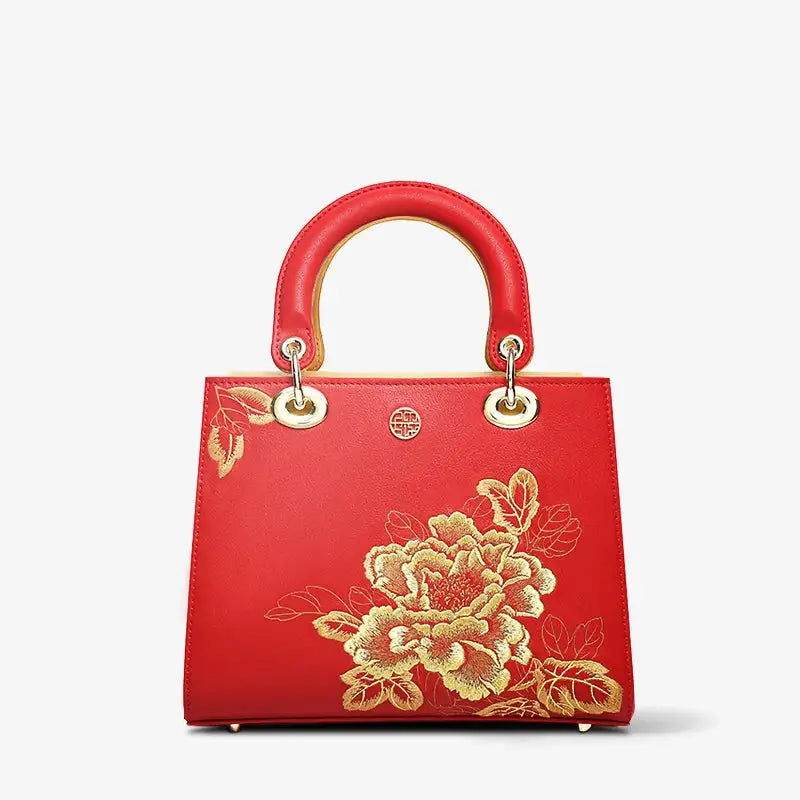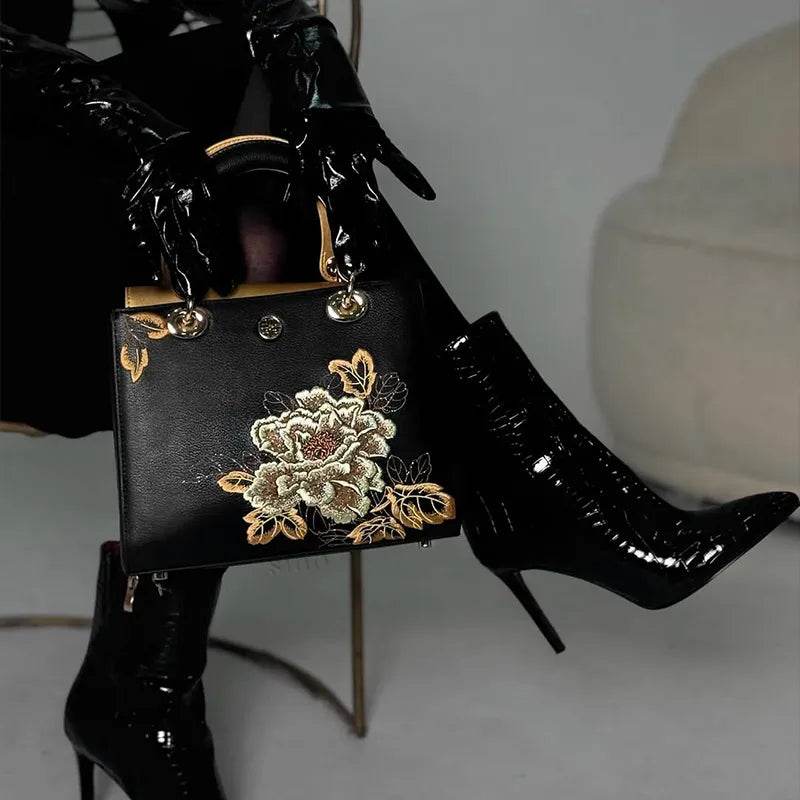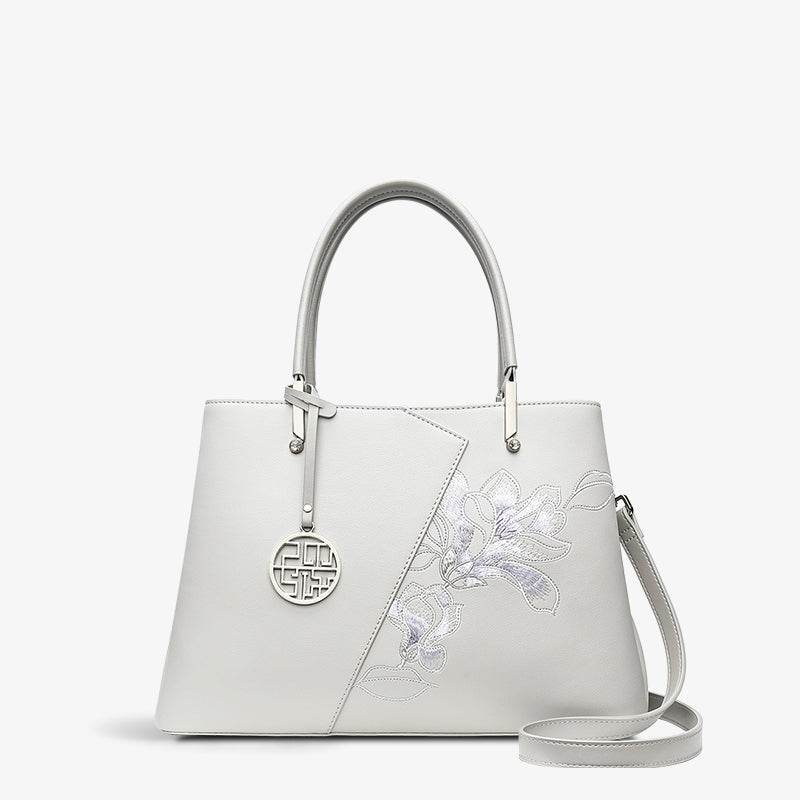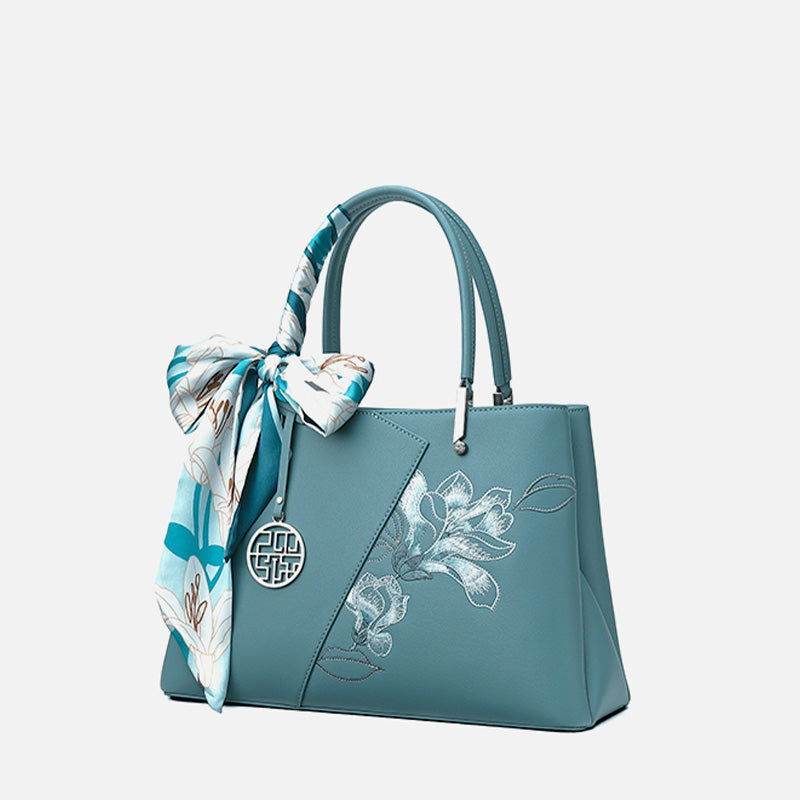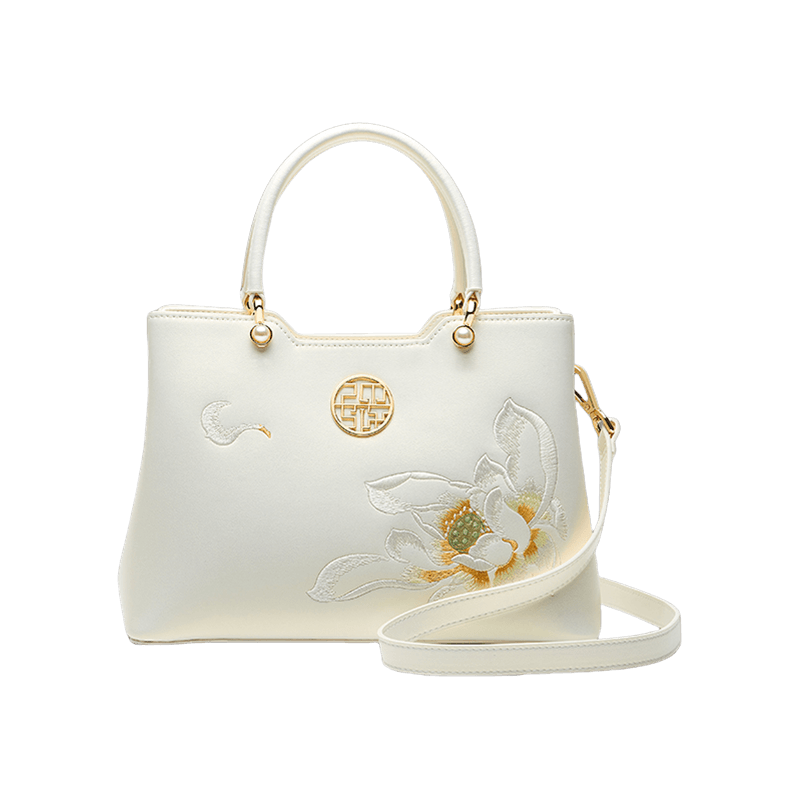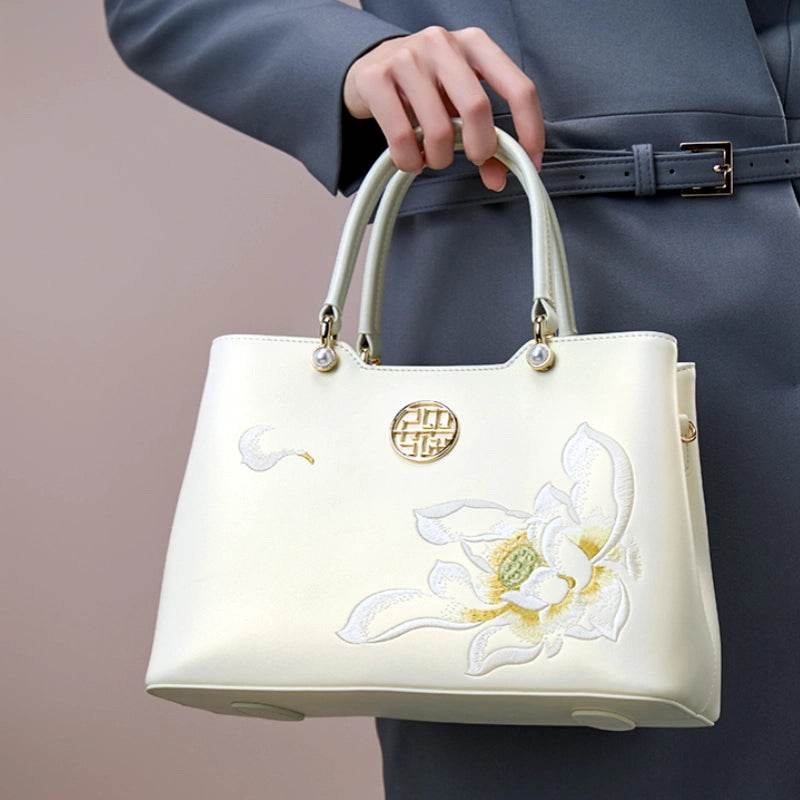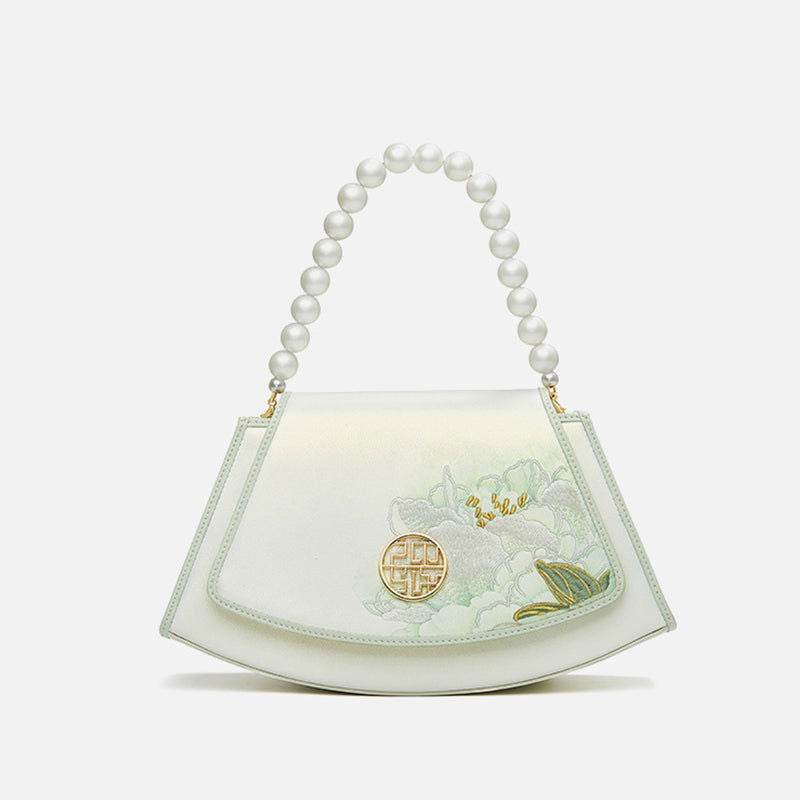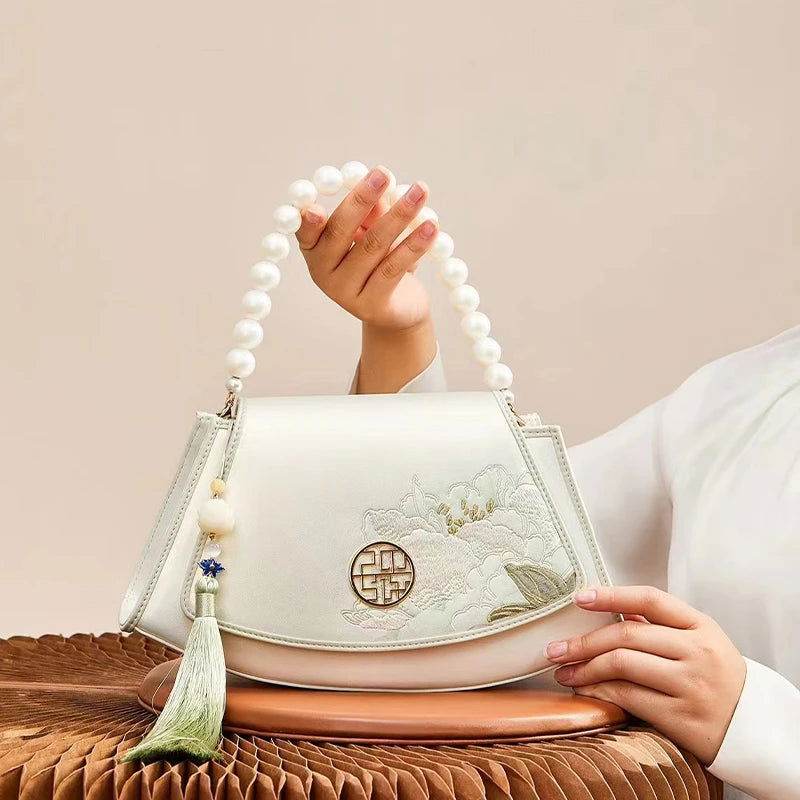Shu Embroidery, originating from Chengdu in China's Sichuan Province, stands as one of the "Four Great Embroideries of China" with a glorious history spanning over 3000 years. This exquisite intangible cultural heritage represents the pinnacle of Chinese needlework artistry, renowned for its vibrant colors and intricate craftsmanship that continues to captivate art lovers worldwide.
Tracing the Royal Roots: The Imperial History of Shu Embroidery
The history of Shu embroidery can be traced back to the Sanxingdui civilization period. Clear traces of embroidery were found on the bronze statues unearthed in Sanxingdui, which is considered to be archaeological evidence of early embroidery activities in Shu.

In Western Han Dynasty (206 BC-24 AD) when the establishment of the "Brocade Official" position in the Shu region marked the beginning of its organized production. The craft reached its zenith during the Song Dynasty (960-1279 AD), widely acclaimed as the nation's finest embroidery technique. This royal heritage continued to flourish through the mid-Qing Dynasty, establishing Shu Embroidery as both an artistic treasure and significant economic industry in southwestern China.

Mastering the Needle: The Technical Brilliance of 130+ Stitch Techniques
What sets Shu Embroidery apart is its extraordinary technical repertoire encompassing over 130 distinct needle techniques, systematically categorized into twelve major stitch families:
-
Core Technical Systems:
-
Shading stitches for gradual color transitions
-
Couching stitches for raised decorative effects
-
Rolling stitches for creating texture
-
Cutting and mixing stitches for color blending
-
Sanding stitches for delicate surface effects
-
Covering stitches for complete fabric coverage
-
-
Signature Characteristics:
-
Exceptionally smooth and even texture
-
Clear, well-defined compositional structure
-
Durable and robust craftsmanship
-
Perfectly rounded stitch formations
-
Vibrant, lasting color presentations
-

The Living Heritage: Contemporary Production and Cultural Preservation
Today, Shu Embroidery maintains its traditional production centers in Chengdu's Pixian District and surrounding areas, continuing as both a cherished cultural practice and vital rural industry. The late 1970s witnessed remarkable engagement with nearly 4,000-5,000 households in western Sichuan participating in embroidery activities, demonstrating the craft's enduring cultural and economic significance.
Modern Recognition and Protection:
-
2006: Listed among China's First National Intangible Cultural Heritage items
-
2012: Awarded Geographical Indication protection by China
-
2019: Included in China's National Representative List of Intangible Cultural Heritage Projects
Global Acclaim: International Recognition of Shu Embroidery
Shu Embroidery has earned prestigious international honors, most notably the Gold Award at the 1915 Panama-Pacific International Exposition, cementing its status as a world-class artistic tradition. This global recognition continues to grow as Shu Embroidery gains appreciation from international art collectors and cultural institutions.
Explore modern shu embroidery scarves collection
The Soul of Sichuan: Artistic and Cultural Significance
Beyond technical mastery, Shu Embroidery embodies the spiritual wisdom and creative soul of the Sichuan people. Each meticulously placed stitch, using colorful silk threads on soft satin fabric, weaves together:
-
Ancient cultural narratives and contemporary artistic expression
-
Technical precision with poetic elegance
-
Vibrant colors with subtle ink-wash painting aesthetics
-
Traditional motifs with timeless artistic appeal
Preserving a Timeless Tradition
As a treasure of China's intangible cultural heritage, Shu embroidery represents a perfect fusion of art and culture. It embodies the wisdom and dedication of generations of artisans who have passed down these ancient techniques. By cherishing and protecting this precious heritage, we ensure that the timeless beauty of Shu embroidery will continue to inspire for generations to come.
More to Read:
Canton Embroidery: History, Techniques, and Modern Revival|Sinocultural
An Expert Guide to China Four Famous Embroideries: Su, Xiang, Yue, Shu
How to Embroidery: Splitting Mulberry Silk Threads for Embroidery
Suzhou Embroidery: A Guide to China's "Painting by Needle"|Sinocultural
Shu Embroidery: Centuries of Artistry from Western Sichuan
History of Chinese Embroidery | SinoCultural


